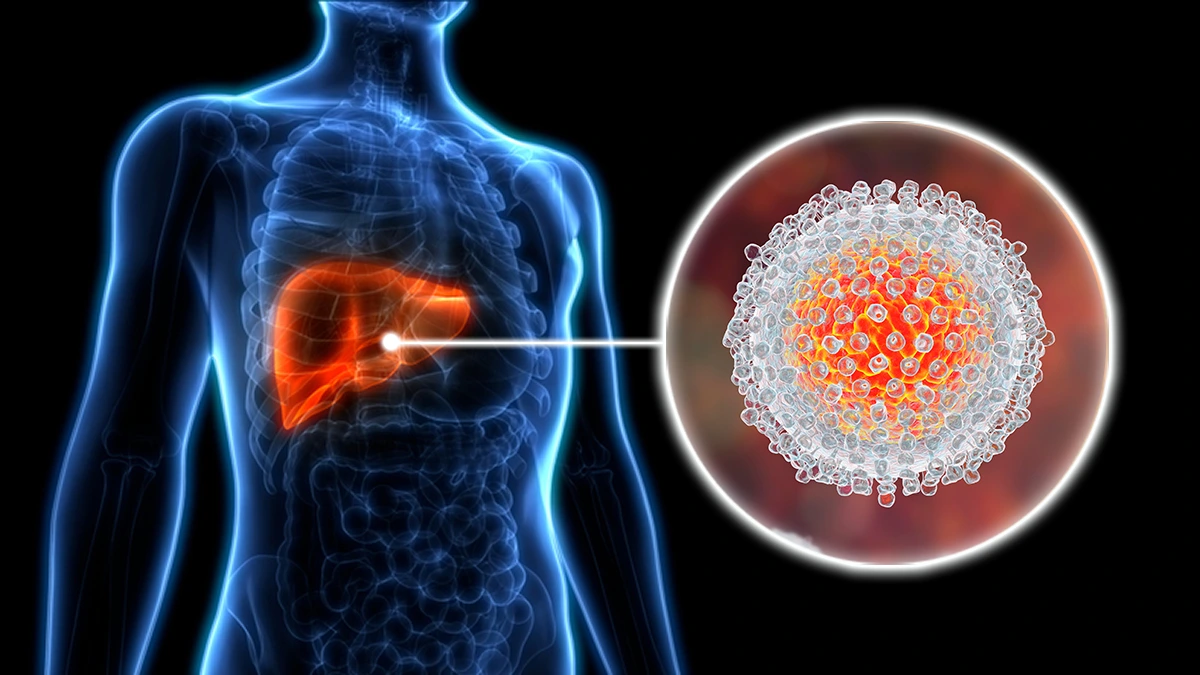Imagine carrying a deadly virus for years and not even knowing it. No symptoms, no warning—until it’s too late. That’s the frightening reality for millions of people around the world living with hepatitis, a disease that quietly damages the liver and can lead to cirrhosis or cancer if left untreated.
Every year on July 28, we mark World Hepatitis Day—a day to shine a light on one of the world’s most overlooked health threats. Despite how dangerous it can be, hepatitis doesn’t often make headlines. But it should.
There are five types of hepatitis—A, B, C, D, and E. Some spread through contaminated food or water, while others are transmitted through blood or bodily fluids. What they all have in common is their ability to harm the liver—a vital organ that keeps our bodies running smoothly.
What’s even more alarming? Over 350 million people are living with chronic hepatitis B or C, and most of them have no idea they’re infected. That’s like entire countries walking around with a ticking time bomb in their bodies.
But this isn’t a hopeless story. In fact, hepatitis is preventable, treatable, and even curable. With early testing, the virus can be caught before it causes lasting harm. Vaccines, especially for hepatitis A and B, offer strong protection. And with access to proper treatment, people living with hepatitis can lead long, healthy lives.
The problem isn’t just medical—it’s awareness. People aren’t getting tested because they don’t think it could happen to them. But it can. Hepatitis doesn’t discriminate—it affects people across all ages, communities, and countries.
World Hepatitis Day isn’t just about facts and figures. It’s about starting conversations, encouraging testing, and saving lives. Because the more we talk about hepatitis, the less power it has to hide in the shadows.
So this July 28, take a moment to learn, share, and maybe even get tested. The fight against hepatitis starts with awareness—and it starts with us.


